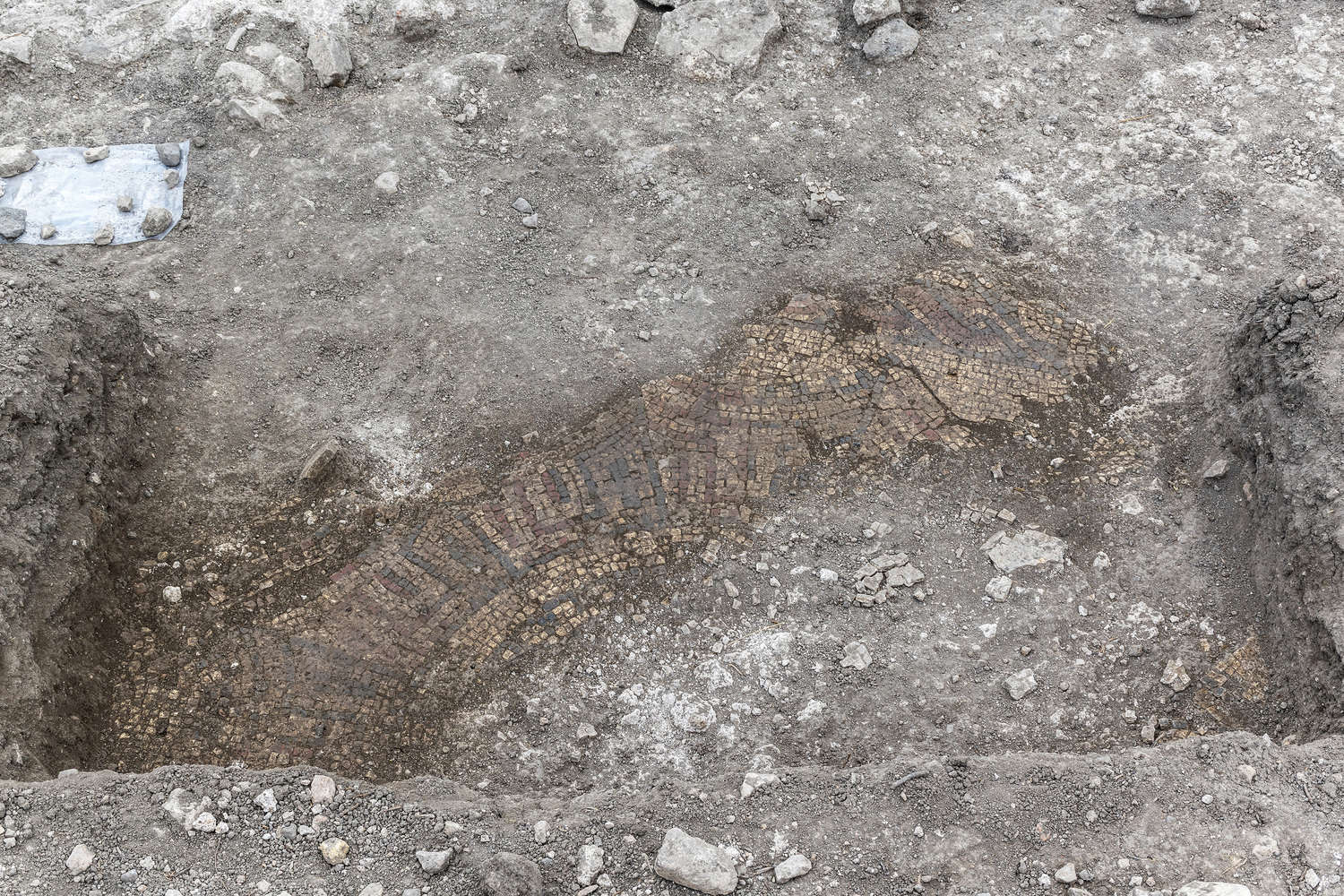Sicily, a Roman village of well-to-do people discovered in Vizzini. There was also a domus with mosaics
In Sicily, near Vizzini (Catania), archaeologists from theUniversity of Göttingen, who have been conducting excavations in this area of the island for several years, have discovered the remains of a Roman domus with a mosaic floor from the 2nd-4th centuries AD. The house was located nearly 500 meters above sea level near the town of Vizzini, on the southeastern tip of Sicily, and was part of an entire Roman village.
The team from the University of Göttingen, led by archaeologist Johannes Bergemann, first investigated the entire area around Vizzini in search of possible ancient sites. The surface investigations of the identified sites were followed by a geophysical survey in 2023. Anomalies in the Earth’s geomagnetic field were detected and detailed images of the subsurface were created without excavation. These geophysical measurements led the research team to the building remains now excavated. The building measured 30 by 13 meters; its remains lie only slightly below the present surface. “There is a reception hall of almost 100 square meters, the floor of which was covered with mosaics,” Bergemann says. “Unfortunately, parts of the mosaic were destroyed by the plowing of the site.”
Geophysical measurements also revealed that there were other, partly similar buildings in the area. “People of high wealth lived here between about the second and sixth centuries AD: there were columns made of round bricks, covered with stucco and well painted, similar to those in Pompeii,” Bergemann says. “We found remains of fountains with marble basins and fancy Roman ceramics.”
It appears to be a Roman village with an area of about 15 hectares. The former Greek cities were replaced in Roman times by a new settlement system: large rural settlements and “villas,” or Roman agricultural production structures, which often generated large incomes. This was made possible by long-distance trade in the globalized world of the Roman Empire. For this purpose numerous small stacking areas were created along the southern coast of Sicily. “This new settlement system, connected to the interior by arterial roads, existed for only a few centuries. The house we discovered near Vizzini is an important evidence of this era,” Bergemann concludes.
The team presented the results for the first time today in Vizzini’s town hall. At the University of Göttingen, Bergemann and the other members of the research team will present their findings on Feb. 3, 2025 as part of the public archaeological lecture series.


 |
| Sicily, a Roman village of well-to-do people discovered in Vizzini. There was also a domus with mosaics |
Warning: the translation into English of the original Italian article was created using automatic tools. We undertake to review all articles, but we do not guarantee the total absence of inaccuracies in the translation due to the program. You can find the original by clicking on the ITA button. If you find any mistake,please contact us.




























